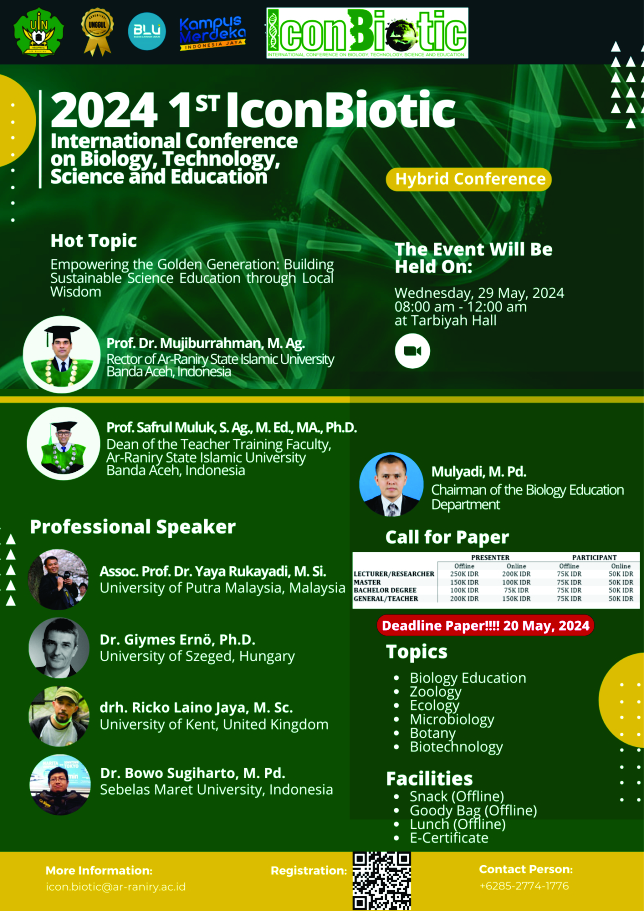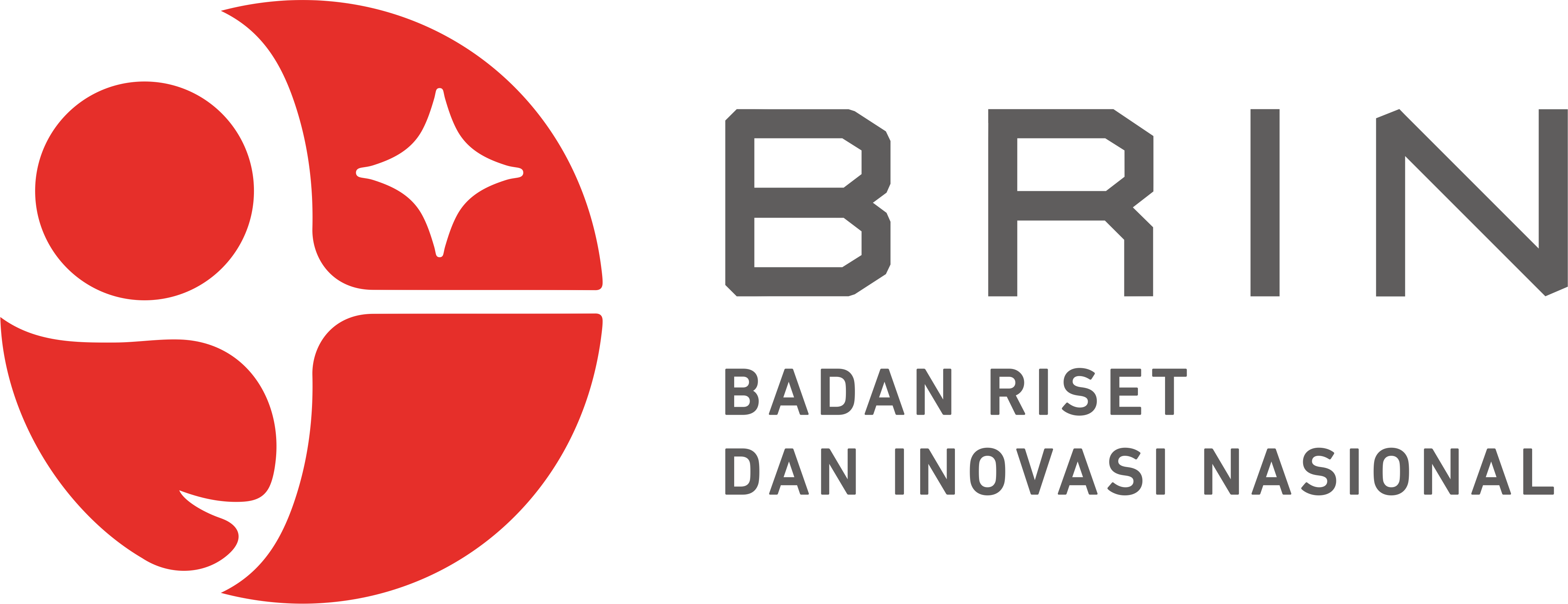BUSH COMMUNITY STRUCTURE IN THE FOREST AREA OF LAMPAGEU UJONG PANCU VILLAGE GREAT ACEH DISTRICT
Keywords:
Community structure, Bush, Lampageu Ujong PancuAbstract
Shrubs are the lowest type of plant compared to trees and shrubs. Shrubs are woody plants that measure more than one meter in height but are lower than shrubs. The method used in this research is the quadratic method and then sampling is carried out using proportional sampling using the transect line technique. Data collection was carried out using a rectangular example. The results obtained show that the shrubs in the Lampaggeu Ujong Pancu Village area, Aceh Besar Regency consist of 8 species from 8 families.
References
Handayani,Trikinasih dan Mega Meila Findahati. 2018. "Keanekaragaman Jenis Vegetasi Strata Semak di Kawasan Gunung Tidar Kota Magelang sebagai Sumber Belajar Biologi". Jurnal Seminar Nasional Pendidikan FKIP UAD. Vol.2 No.
Ikbal, M. 2019. “Identifikasi Daerah Rawan Longsor Di Kabupaten Aceh Besar”. Jurnal Pendidikan Gesofer. Vol. 4. No. 1.
Indriyanto. 2006. Ekologi Hutan. Jakarta : Bumi Aksara.
Kusminingrum, N. 2007. “Perananan Tanaman Semak Dalam Upaya Mengurangi Polutan Nox dan CO”. Jurnal Jalan Jembatan. Vol. 24. No. 3.
S.M. Sundarapandian. 2002. “Forest Ecosystem Structure and Composition Along an Altitudinal Gradient in The Western Chats, South India”. Jurnal Of Topical Forest Scince. Vol. 12. No. 1
Soegianto, A. 1994. Ekologi Kuantitatif. Penerbit Usaha Nasional Surabaya.
Yusra, dkk.2017. “Struktur Komunitas Tumbuhan Herba Dibawah Tegakan Pinus (Pinus merkusii) Di Tahura Pocut Meurah Intan”. Jurnal Prosiding Seminar Nasional Biotik


















